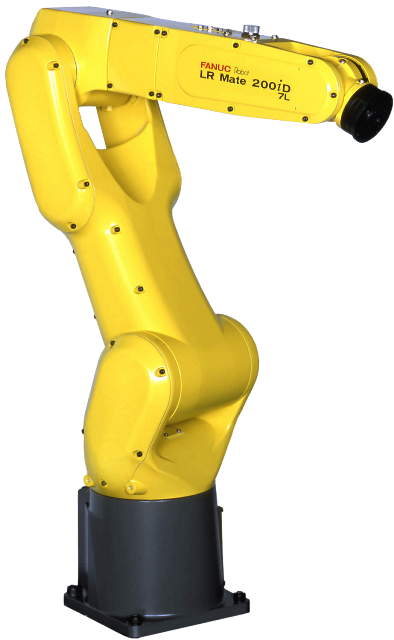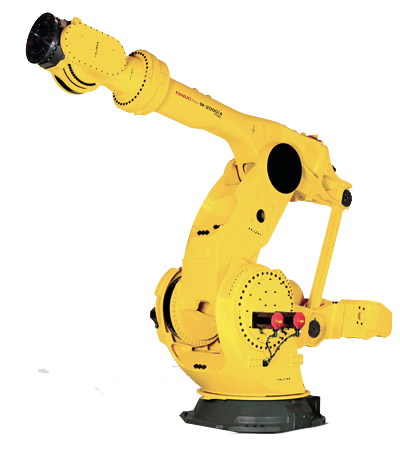Robotic Vision Systems
Robotic vision systems, also referred to as vision guided robots (VGR), are innovating the robotic world and expanding the complexity of robot applications. These systems involve fitting robots with cameras used as sensors in order to feed information back to the robot. The use of robotic vision systems allows robots to easily locate parts within their work envelope and are often necessary for applications with workpiece variations in order for accuracy to be achieved. The integration of vision makes robots more adaptable and simplifies the implementation process. While costs and the complexity of tool fixturing are significantly reduced. Vision systems are some of the most rapidly growing technology in the robotic world with many manufacturers turning to them to reduce manual overhead, improve facility safety, and increase quality.
How Do Robotic Vision Systems Work?
Robotic vision systems involve the integration of one or more cameras, special lighting, and software with a robot or robots. Cameras may be mounted to either the industrial robot or placed in a fixed location within a work cell. While the robot is in operation the camera takes a picture of either the object being handled by the robot or the its work area. The vision software then scans the picture to detect any features for part position or orientation information. Once these features are determined, that information is then sent to the robot’s controller to update the programmed position for it.
What Applications Are Compatible for Robot Vision?
There are a number of robotic applications that can benefit from the integration of robotic vision systems. Some of the most common ones include: assembly, arc welding, pick and place, palletizing, depalletizing, material handling, packaging, material removal, deburring, and grinding. Vision guided robots are capable of performing more complex tasks to mimic human sight and dexterity. For example, a FANUC M-10ia integrated with robotic vision can perform more complicated pick and place applications such as bin picking for a specific part. The robot uses its vision to identify the specific part type from a bin containing a mixture of types. It will then pick up the part and place it on a conveyor to head into production. The addition of vision systems even provides robots like the FANUC M-710ic/50 with the capability of inspecting parts. The vision guided robot will monitor a moving conveyor of parts and use its vision to detect defective ones. When a defective part is located the robot will then remove it from the conveyor before it completes any further production steps.
What Are the Benefits of Robotic Vision Systems?
Robotic vision systems are changing industries rapidly and for the better. These systems offer a high level of reliability because unlike with human eyes they do not tire. Longer operation hours with reduced risk of errors means improved product control and quality. Manufacturers will have more freedom within their operations as production flexibility is increased. Vision guided robots are able to handle a variety of parts on-demand with no delays or downtime for changeover. Their easy adaptability to part variations reduce robot cell complexity and helps to keep production costs in check as less tool fixtures are needed along with fewer workers.
Robots Done Right is the place to start when it comes to used robots. Contact us if you are interested in buying or selling your used robot.




